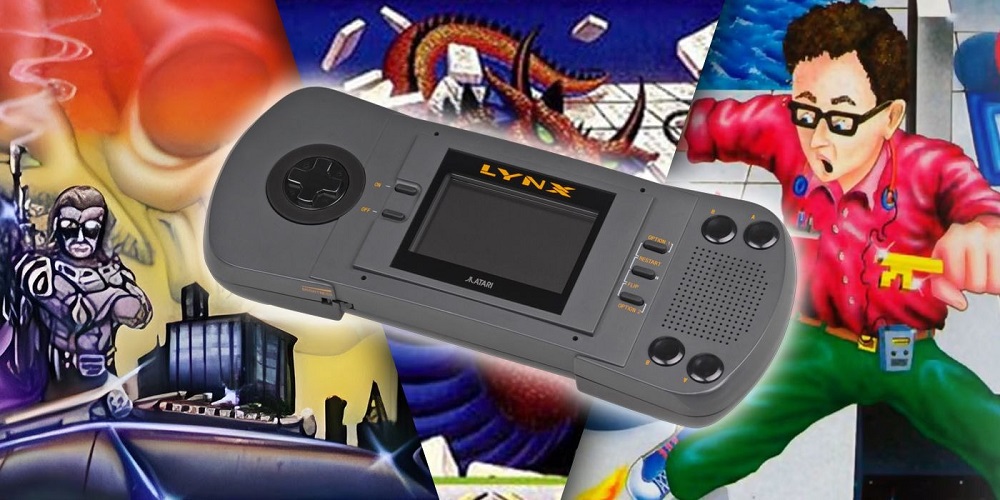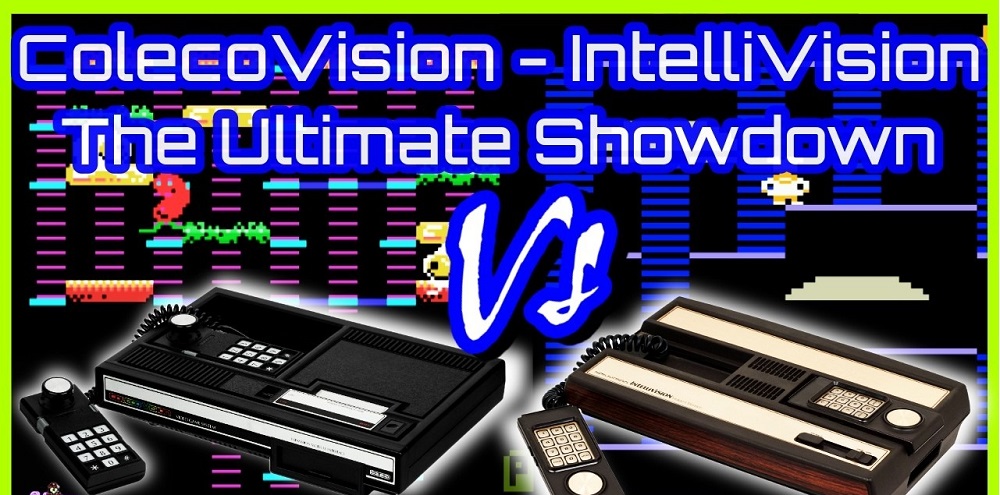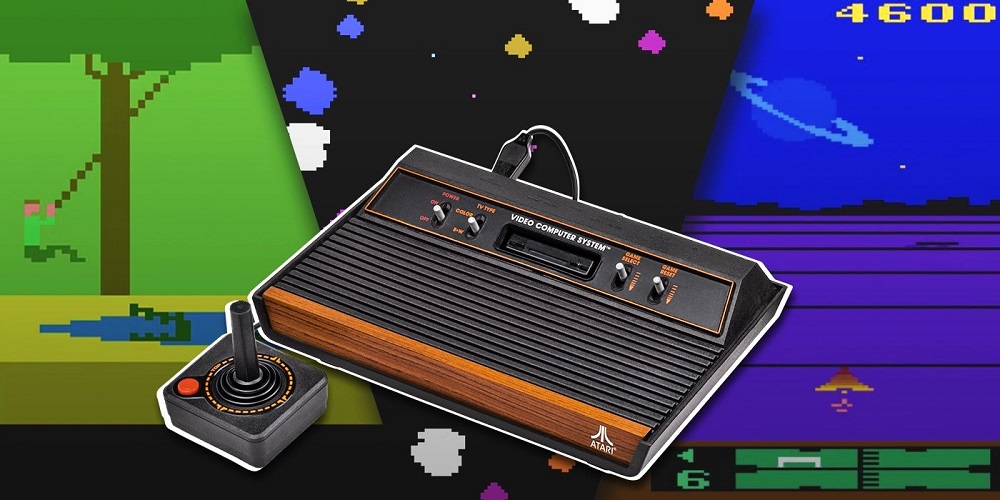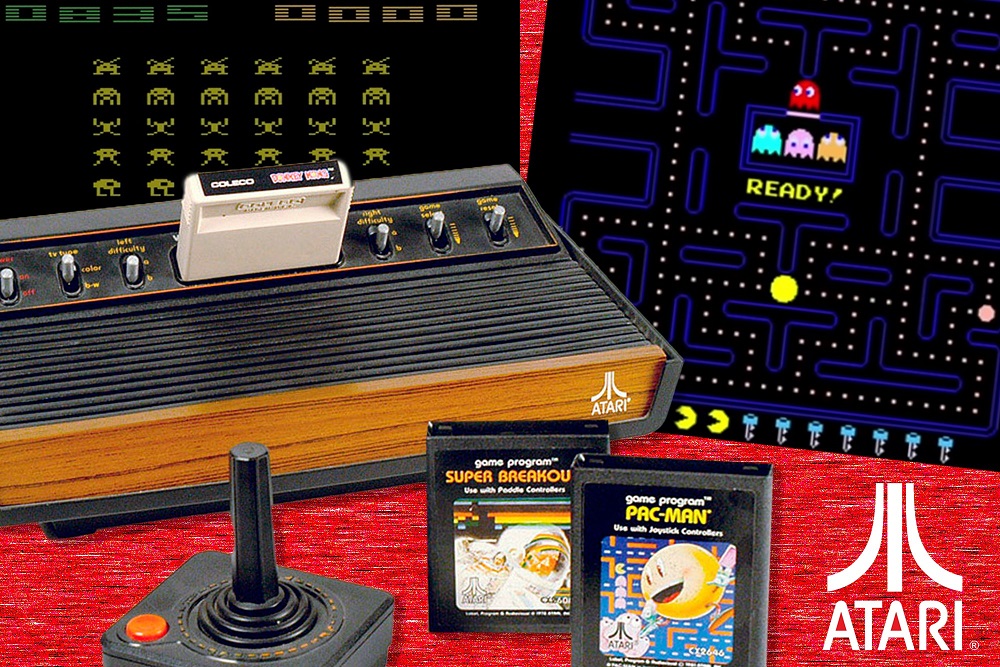When people think of handheld gaming in the late 80s and 90s, the Nintendo Game Boy almost always comes first. Rugged, affordable, and loaded with iconic titles, the Game Boy defined portable gaming for decades. But what about Atari’s bold contender — the Atari Lynx?
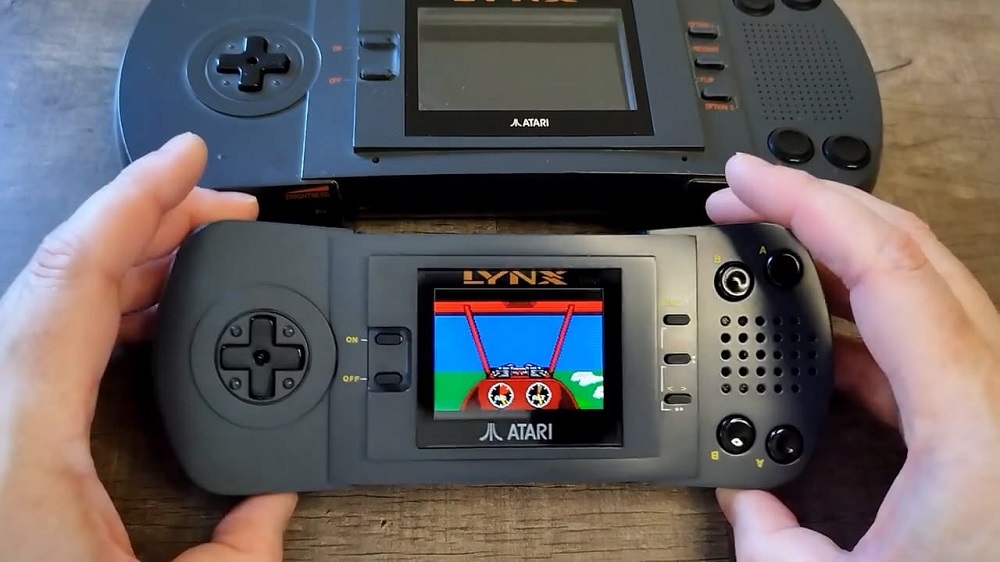
Launched in 1989, the Atari Lynx was a technological marvel. It was the first handheld with a full-color backlit screen, boasted advanced hardware, and even allowed multiplayer connectivity. Yet despite its innovation, the Lynx struggled in the marketplace, overshadowed by Nintendo’s cheaper and more practical rival.
This article from Oldies Nest revisits the story of the Lynx: its design, its library, why it failed, and why it remains a fascinating piece of retro history.
The Handheld Wars Begin
By the late 1980s, the handheld market was heating up. Nintendo prepared to launch the Game Boy, while Sega, NEC, and Atari also eyed portable success.
Atari partnered with Epyx, a developer working on a system originally called the “Handy.” Atari rebranded it as the Lynx and positioned it as the premium alternative to Nintendo’s monochrome handheld.
On paper, the Lynx looked unbeatable:
- 3.5-inch backlit color display.
- Powerful 16-bit processor.
- Rotatable design for left- or right-handed players.
- Comlynx cable allowing up to 17 players in multiplayer mode.
But as history shows, specs don’t always guarantee victory.
Design and Innovation – Ahead of Its Time
The Lynx was packed with forward-thinking features:

- Color Screen: Years before Nintendo adopted color with the Game Boy Color (1998), the Lynx offered vibrant graphics.
- Backlighting: Allowed play in low-light conditions, something the Game Boy lacked.
- Ambidextrous Controls: Players could flip the device for left-handed use.
- Scaling Sprites: A unique hardware feature that allowed pseudo-3D effects.
It was a tech enthusiast’s dream machine, pushing boundaries just like Atari once did with the Atari 2600.
The Game Library – Quantity vs. Quality
A console is only as strong as its games. The Lynx library included around 70 titles during its lifespan. Notable games included:
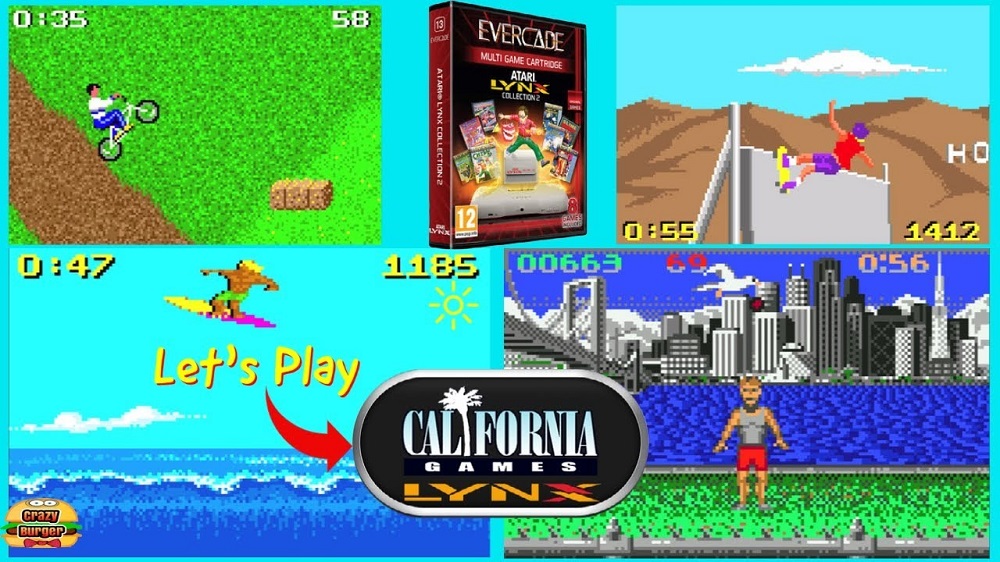
- California Games (bundled with the console, showcasing the color display).
- Blue Lightning (arcade-style air combat).
- Chip’s Challenge (puzzle adventure that later gained cult status).
- Rampart and Warbirds, which highlighted its multiplayer capabilities.
Yet compared to the massive NES and Game Boy libraries, the Lynx fell short. Nintendo’s partnerships with developers ensured a steady flow of iconic titles like Tetris, Pokémon, and The Legend of Zelda. Atari simply couldn’t compete at that scale.
The Price Problem
The Lynx retailed for around $179.99 in 1989 — significantly higher than the $89.99 Game Boy.
- Parents saw the Game Boy as the affordable, safer bet.
- The Lynx also required six AA batteries, which drained in just 4–5 hours, compared to the Game Boy’s 10–15 hours on four AAs.
- Portability was another issue: the Lynx was bulky, making it less practical as a true handheld.
Nintendo’s strategy of “less powerful, but cheaper and practical” proved decisive.
Marketing Missteps
Atari’s marketing failed to connect with the mainstream audience. While Nintendo emphasized fun for everyone, Atari’s ads leaned into edgy, sometimes confusing messaging.
Additionally, Atari lacked Nintendo’s massive brand power. By 1989, Nintendo was already a household name thanks to the NES. The Lynx entered a market where trust, not just specs, determined winners.
Competition on All Sides
The Lynx wasn’t just battling the Game Boy. NEC released the TurboExpress (a portable TurboGrafx-16) with similar ambitions but also high costs. Sega’s Game Gear (1990) offered a more affordable color alternative and managed to carve a stronger foothold than the Lynx.
Caught between Nintendo’s dominance and Sega’s aggressive push, the Lynx found itself squeezed out.
Collector’s Appeal in 2025
Today, the Atari Lynx is remembered as a collector’s gem. Its rarity and unique design make it a sought-after piece of hardware.
- Complete-in-box systems fetch high prices online.
- Certain games, like BattleWheels and Super Asteroids/Missile Command, are prized among enthusiasts.
- Retro communities continue to develop homebrew titles for the system, keeping its spirit alive.
Much like the Game Boy, the Lynx shows how handhelds can carry cultural nostalgia — even when they fail commercially.
The Lynx’s Legacy
Despite its commercial struggles, the Lynx left an important legacy:
- Innovation Matters: Features like scaling sprites and backlighting were ahead of their time.
- Practicality Wins: Nintendo proved that simplicity and affordability often triumph over raw power.
- Cult Status: Today, the Lynx is celebrated as a daring experiment in gaming history.
In many ways, the Lynx foreshadowed the risks Sega would later face with consoles like the Game Gear and Dreamcast: innovative but commercially unsustainable. (See our deep dive on Dreamcast: Sega’s Final Console and Its Legacy).
Why the Atari Lynx Was Forgotten
The Lynx wasn’t forgotten because it was bad — it was forgotten because it was too good, too soon. Its advanced features weren’t enough to overcome poor marketing, high costs, and Nintendo’s iron grip on the market.
It lives on as a case study in how innovation must align with market reality.
Conclusion: A Bright But Brief Spark in Handheld History
The Atari Lynx remains one of gaming’s most fascinating “what ifs.” Technologically advanced, daringly ambitious, but commercially doomed, it embodies both Atari’s brilliance and its flaws.
For collectors and retro enthusiasts, the Lynx isn’t forgotten at all — it’s a reminder of an era when companies dared to experiment wildly. While the Game Boy became the king of handhelds, the Lynx holds a special place as the forgotten innovator.
In the grand story of gaming, the Lynx reminds us that not every pioneer succeeds, but every pioneer leaves a mark.
